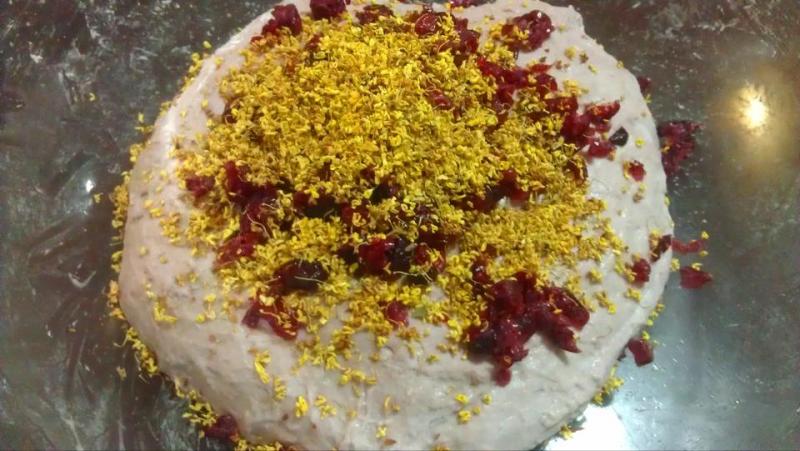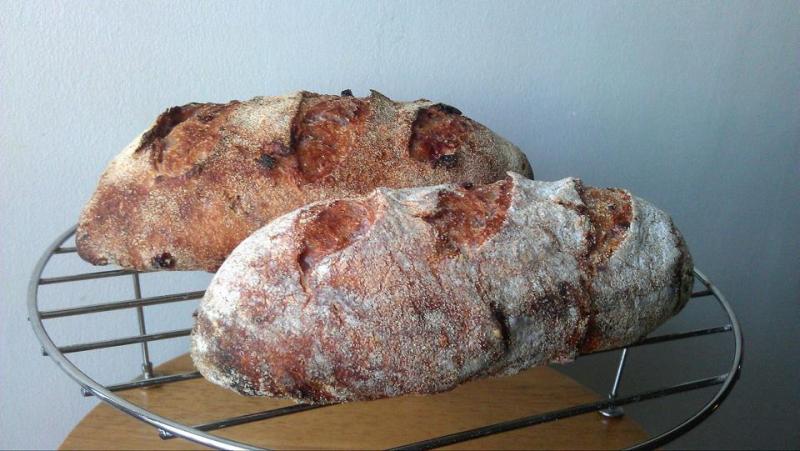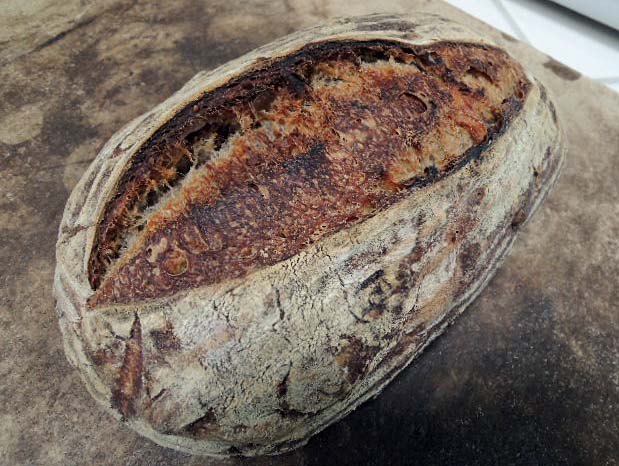SD YW Durum, Ricotta Bread with Pistachio Nuts, Pumpkin & Millet Seeds
With David Snyder recent post of his new take on SFSD with higher amounts of Semolina and Ian’s new bread with semolina, it was only natural that another semolina bread would fit in this week. This one had a small amount of Desert Semolina - 150g. We wanted to see if the high gluten, not just protein, claims were true.
- Log in or register to post comments
- 17 comments
- View post
- dabrownman's Blog



